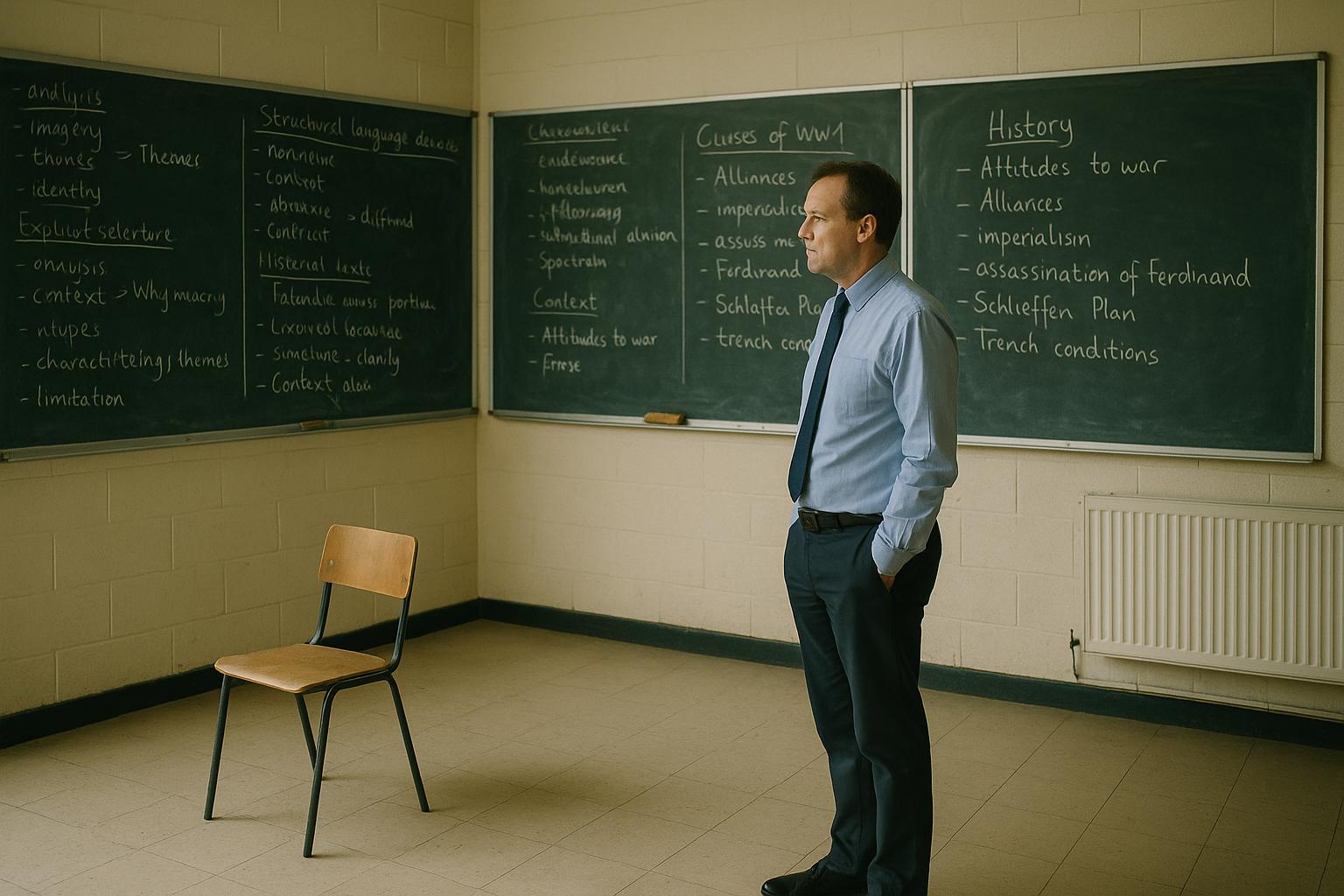The UK Government’s current education spending plans face significant challenges in meeting ambitious goals to close gaps in educational outcomes and effectively address the growing crisis in special educational needs and disabilities (SEND), according to a report by the Institute for Government (IfG). The report highlights that the Government’s budget falls short of its stated aims to break the correlation between a child’s background and their future success, with particular concern over unfocused strategies to tackle teacher shortages and SEND reform.
Amber Dellar, the author of the IfG report, emphasised that while the Government holds high ambitions for improving schools, its budget does not sufficiently support these objectives. With pupil numbers declining, especially in London, where primary school enrolment has dropped by 8.1% since 2018/19, funding based on per pupil allocation leaves many schools operating with decreasing budgets despite fixed costs for buildings and staffing. This results in money increasingly tied up in empty classrooms, with 23,000 primary school classrooms vacant across England, an unprecedented figure since records began in 2009/10.
A critical pressure point is the escalating demand for SEND provision. Education, Health, and Care Plans (EHCPs) have more than doubled over the past nine years, driving a near doubling of high needs spending to an estimated £12.9 billion by 2028/29, almost 93% higher than in 2012/13. Despite this surge, the report notes there is less funding available per pupil with special educational needs, and funds are being consumed by more costly interventions without necessarily improving outcomes. The Government has postponed its SEND reform plans until 2026 to enable further testing of proposals, which adds uncertainty to whether current financial commitments can bridge existing gaps.
Government commitments include a pledge to increase the number of teachers, promising 6,500 additional classroom teachers by the end of the Parliament to address workforce shortages, a problem acknowledged as one of the most critical facing schools in 2024/25. While early data show a modest rise in teacher numbers, the National Audit Office has raised concerns over whether this increase will be sufficient to meet current and future demands, especially given the wider issues in recruitment and retention.
Alongside challenges in school infrastructure and staffing, disparities in educational attainment persist. The IfG report points out that inequalities have worsened since the pandemic, with the GCSE attainment gap between London and England as a whole widening, further complicating the Government’s ambition to create equal opportunities for all pupils.
In response to growing pressures, the government has announced several significant investments in education and related services. A £850 million fund is set to create 60,000 additional SEND places, designed to provide tailored support to children with autism, learning difficulties, and mobility challenges, ensuring they receive education in high-quality, specialist environments. The government has also launched transformational reforms for SEND, including training thousands of workers for early support, opening 33 new special free schools, and streamlining the EHCP process through digital innovations to make it faster and simpler. These initiatives form part of a broader package with SEND funding increasing by over 50% compared to 2019-20, reaching more than £10 billion by 2023-24.
Mental health support in schools is also being expanded under the government’s Plan for Change, with nearly a million more pupils expected to access specialist support this year, reaching six in ten children nationwide. This initiative aims to combat the mental health crisis affecting young people and improve attendance and behaviour, ultimately supporting better educational outcomes.
Moreover, public health services are receiving a £200 million boost to enhance family and school nursing, sexual health clinics, and other community health initiatives, which underpin children’s wellbeing and readiness to learn. Beyond education, the Government has invested a record £29 billion into rebuilding the NHS, including mental health services and digital transformation, reflecting an integrated approach to supporting children’s health and education.
Despite these investment commitments, the Institute for Government warns that budget constraints, declining pupil numbers, and workforce shortages leave the Government with tough choices ahead. Mark Franks, director of welfare and economist at the Nuffield Foundation, underscores that financial pressures and staffing shortfalls could derail efforts to close attainment gaps for disadvantaged pupils, with limited scope within current spending plans to address these competing priorities effectively.
Official statements from the Department for Education acknowledge the magnitude of the challenge ahead, particularly with teacher shortages and SEND needs, yet affirm commitment to expanding resources and reform. The sustained effort to align educational ambitions with funding realities, however, remains a complex balancing act that will define the outcomes for many children in the coming years.
📌 Reference Map:
- [1] (Belfast Telegraph) - Paragraphs 1, 2, 3, 5, 6, 7, 8, 11
- [4] (UK Government) - Paragraphs 4, 9, 10
- [7] (UK Government) - Paragraph 9, 10
- [3] (UK Government) - Paragraph 10
- [2] (UK Government) - Paragraph 10
- [5] (UK Government) - Paragraph 10
- [1], [7] (Belfast Telegraph, UK Government) - Paragraph 11
Source: Noah Wire Services
